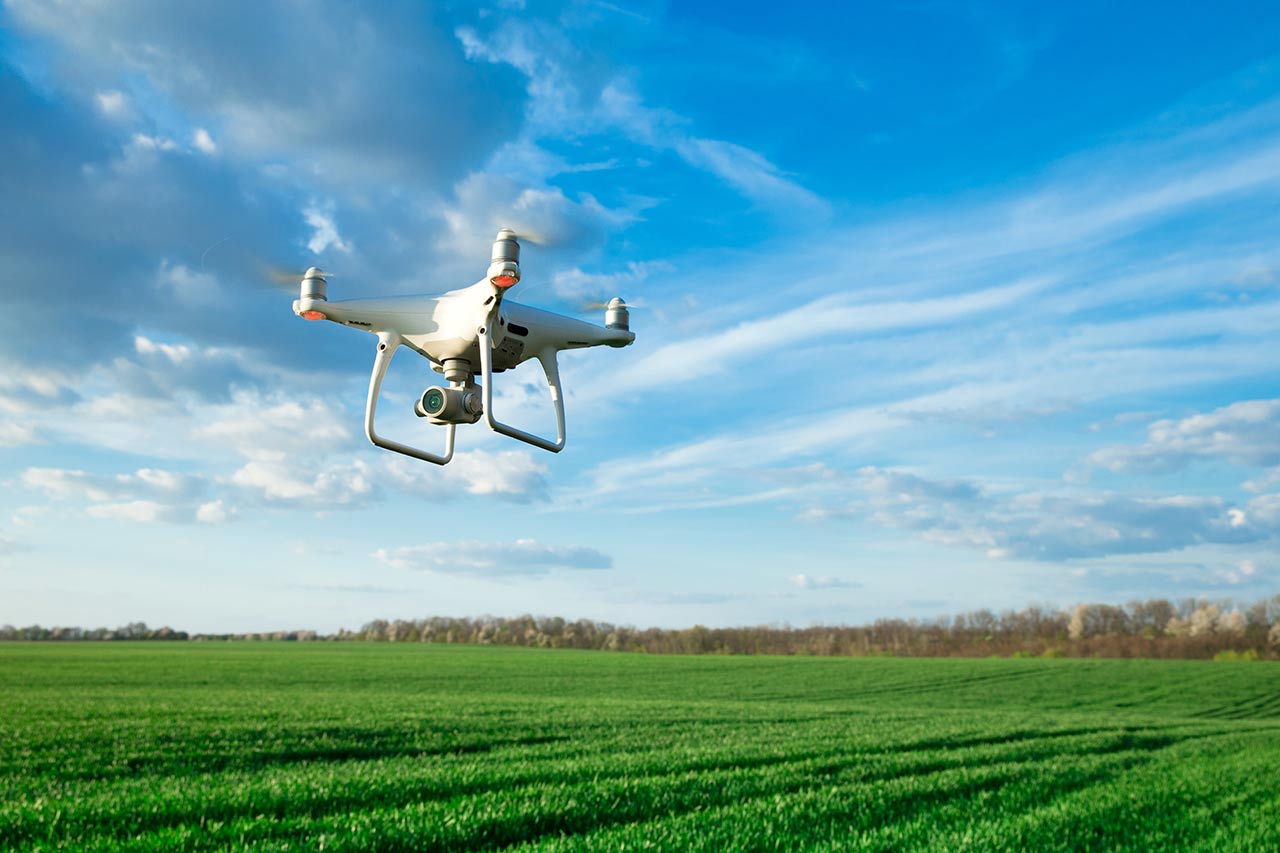European regulation of Unmanned Aerial Vehicles (UAV): What are the new opportunities?

After several years of listening to all stakeholders in the Unmanned Aerial Vehicle (UAV) market, and a dialogue with European and American national civil aviation agencies, the European Union Aviation Safety Agency (EASA) has finally published European regulations to provide a harmonized framework for UAV operators and manufacturers in Europe. Alcimed, a consulting company specializing in innovation and the development of new markets, reviews the challenges of this regulation.
A regulatory text that goes beyond the borders of the European Union
The scope of regulatory texts already published and to come goes beyond the EU dimension. First of all, they were written in consultation with the American Federal Aviation Administration (FAA), which implies a proximity of the rules or at least their spirit, as evidenced by the new maximum flight height of 120 meters in the European Union, corresponding to the 400 feet in force in the United States. As EASA’s safety and certification standards are globally recognized and often emulated, these new regulatory texts are expected to strongly influence many of the world’s emerging regulations.
Beyond the technical aspects, European standardization offers a harmonized framework for business operations, which allows the emergence of European-scale players, such as in the well-established aviation sector of airlines, Airbus and its industrial partners, or certain pilot training organizations. Furthermore, it offers them the possibility to expand outside the European Union.
Towards the introduction of air transport by UAV
In addition to the geographical expansion of the current market, new markets are officially being created: the transport of goods, but also of persons, is thus clearly envisaged by the new regulatory texts, which now prefer the term “unmanned aircraft” to the former “aircraft without person on board” to designate a drone.
While the current market for professional UAVs focuses on capturing images, the opening towards air transport offers significant prospects for development, particularly for the transport of packages, that is currently being explored by Amazon, Google and the French postal service La Poste. In a second step, passenger transportation by autonomous flying taxis is expected to emerge with the forthcoming publication of the requirements for a “certified” category of drones, thereby enabling ambitious flying mobility projects carried out by players such as Airbus or Uber to be implemented.
A story to be continued
Although the general framework has been established, many questions remain outstanding and will need to be clarified by the end of the year: in particular the “use scenarios”, the notion of which remains relevant in the context of “specific authorizations” for which the conditions have yet to be defined. Moreover, differences will remain from one State to another, linked in particular to the restricted airspaces that remain within the competence of each State and linked to the interpretation of the regulatory texts, which may vary from one national agency to another. Specific authorizations” could therefore still be specific to each country for some time.
EASA therefore still has work ahead before it can truly free the market for UAV operations and open up new ones, but the agency has proven its expertise in this field by establishing itself in less than twenty years of existence as a major player in the organization of air transport on a global scale.
The ball is now in the manufacturers’ court: will they be ambitious enough to make these opportunities a reality?
Do you have an exploration project?
Our explorers are ready to discuss it with you